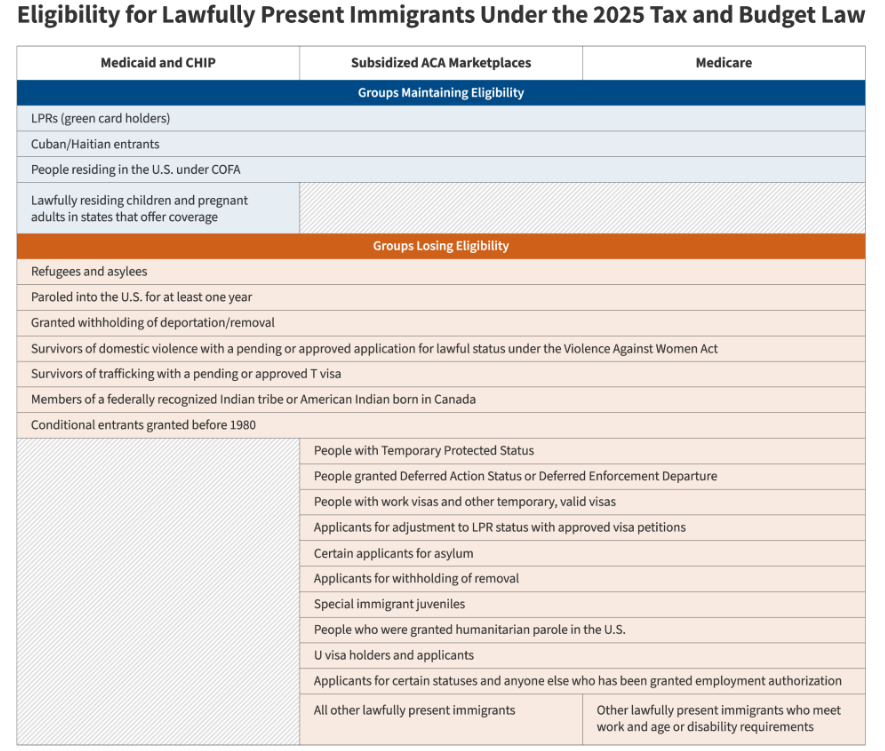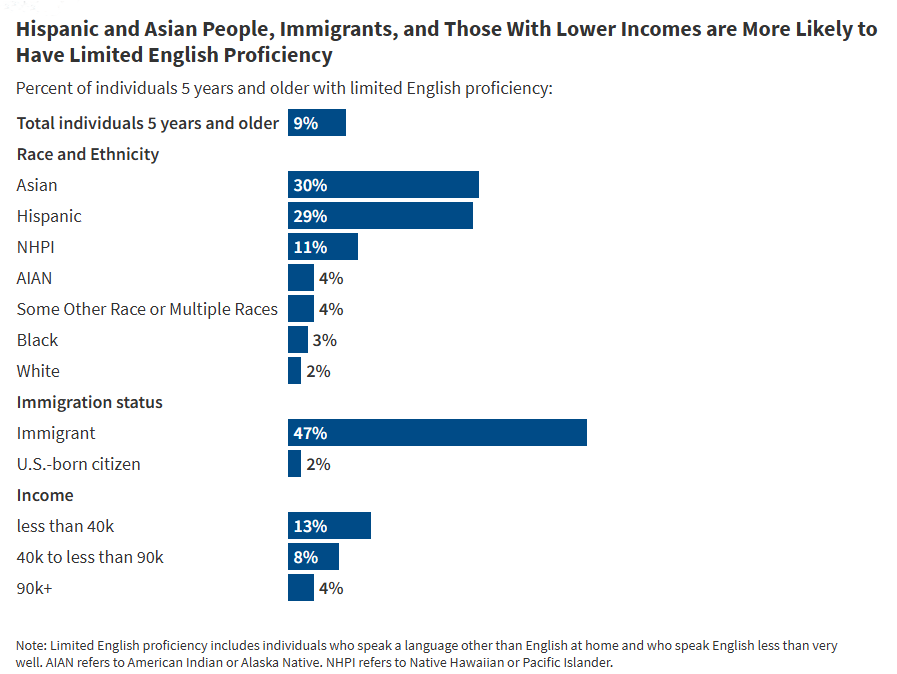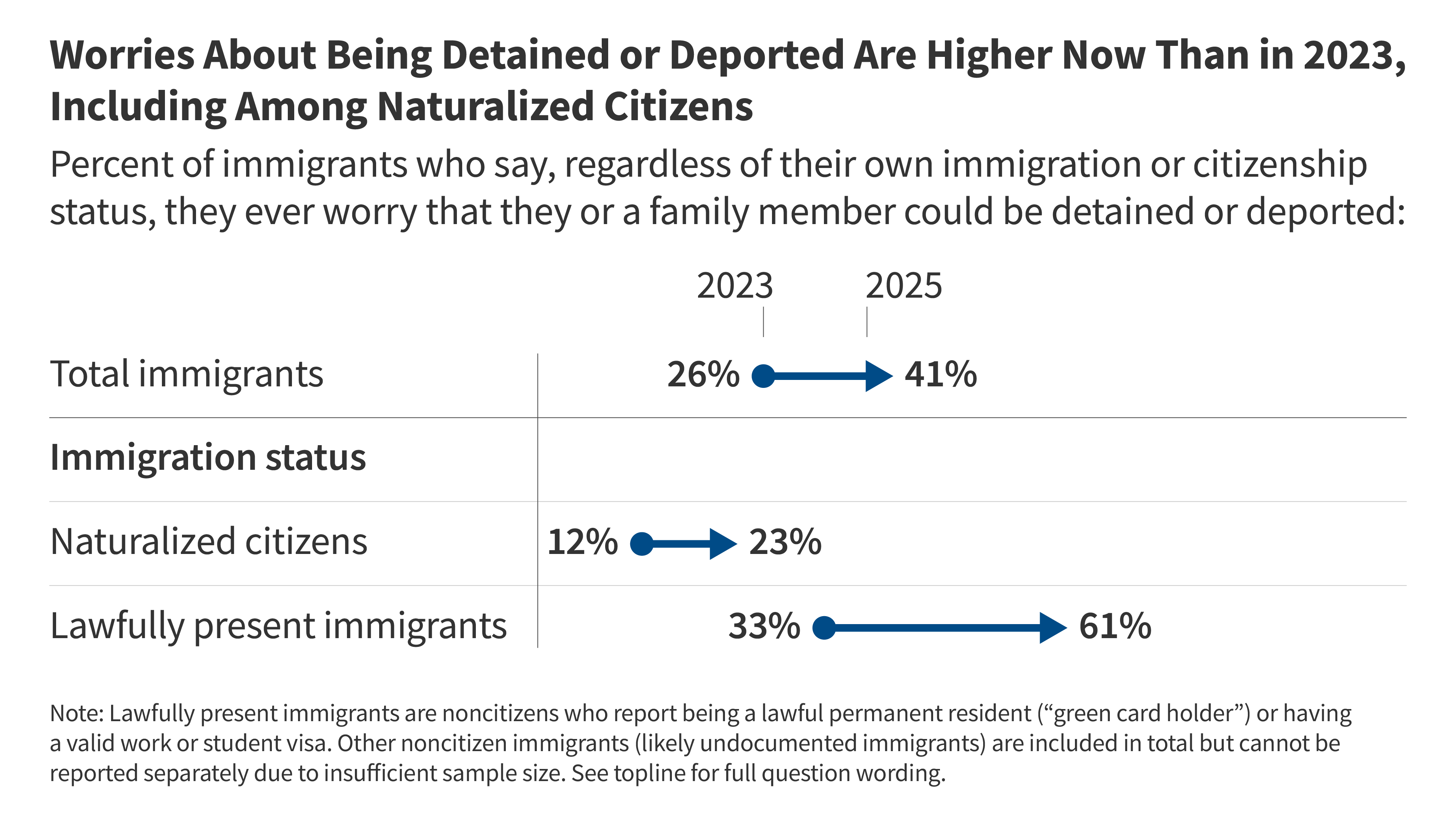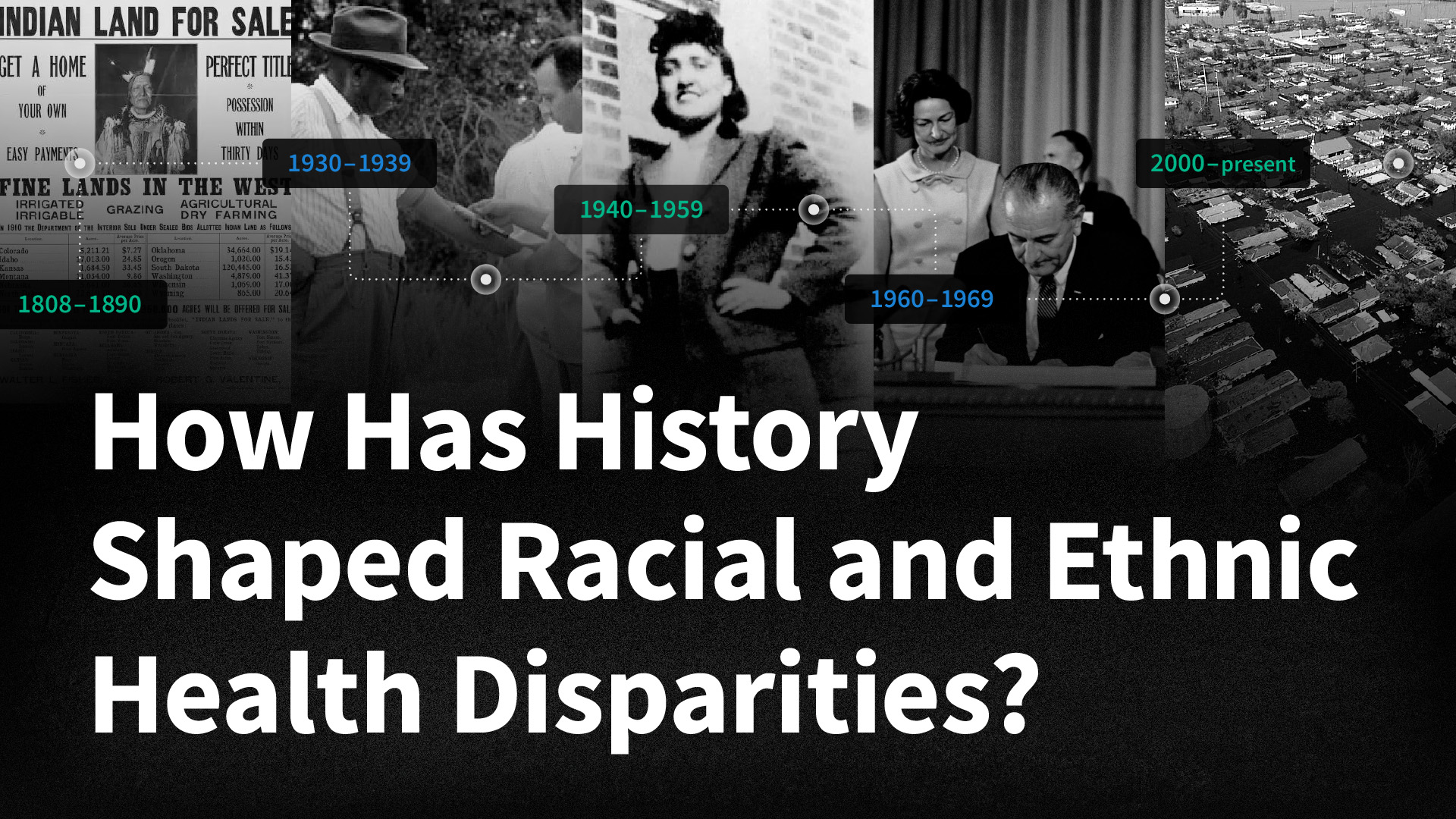Loneliness and Social Support Networks: Findings from the KFF Survey of Racism, Discrimination and Health
The issues of loneliness and social isolation gained attention during the COVID-19 pandemic, and continue to be associated with poor mental and physical health conditions. One in six (15%) adults report feeling always or often lonely in the past year, with the highest shares among young adults ages 18-29. There is a strong relationship between feelings of loneliness, local support networks, and physical and mental health and well-being, but Black, Hispanic, and Asian adults are somewhat less likely to report strong local support networks compared to their White counterparts.






